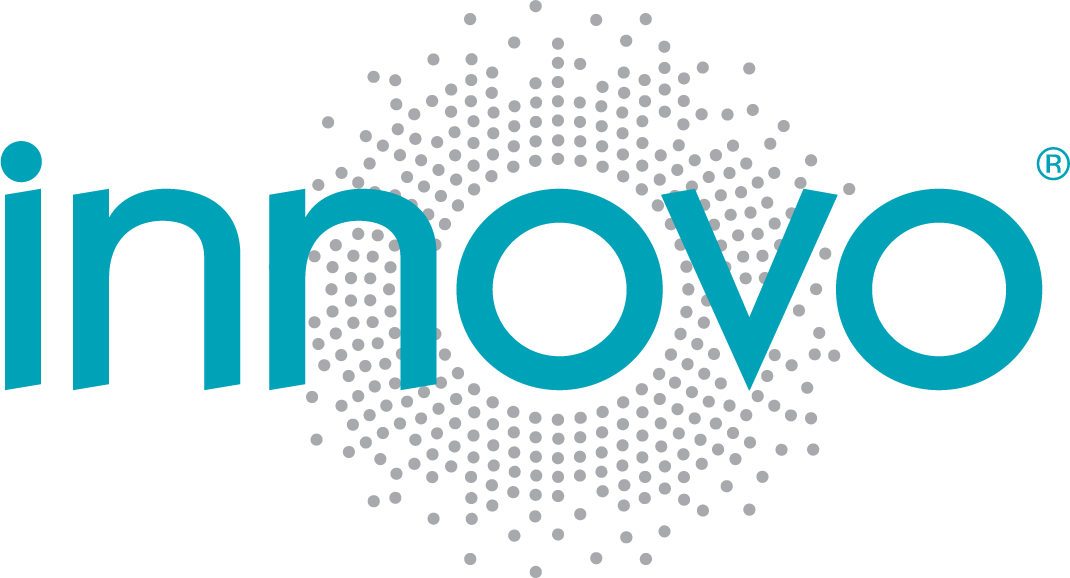The rapid advancement of technology has ushered in a new era of innovation, particularly in the field of artificial intelligence (AI) and wearable devices. These innovations are not only reshaping how we interact with technology but also expanding the scope of applications across various sectors. MeetKai, an AI software company founded by notable tech pioneers Weili Dai and James Kaplan, sheds light on the transformative potential of AI wearables. The discussion emphasizes the convergence of multiple platforms to create sophisticated devices that cater to diverse needs, ranging from security and manufacturing to retail and consumer experiences.
Innovative AI Wearables for Diverse Applications
At the heart of MeetKai’s innovation is its latest wearables platform, which integrates advanced AI capabilities into everyday devices. The newest product, which is shown off, is a pair of smart glasses equipped with a 5-megapixel camera, integrated displays, and an all-day battery life. These glasses exemplify how wearables can enhance situational awareness and improve operational efficiency in various fields. For instance, law enforcement personnel can utilize these glasses to receive real-time data, including live translations in multiple languages and alerts about their surroundings. Such functionalities not only augment the capabilities of security professionals but also help ensure their safety by providing crucial information before incidents occur.
The manufacturing sector stands to benefit significantly from AI wearables as well. These smart glasses can empower factory workers by providing them with heads-up displays that offer real-time updates on production lines, maintenance instructions, and troubleshooting guides. This integration of AI into the manufacturing process can lead to increased productivity and efficiency, enabling workers to perform their tasks with greater accuracy and confidence. Furthermore, the capability for facial recognition and security monitoring enhances workplace safety, ensuring that unauthorized personnel do not gain access to sensitive areas.
In the realm of retail, the potential applications of AI wearables are equally compelling. These devices can bridge the gap between seasoned employees and newcomers, providing real-time assistance and updates on inventory. Retail staff equipped with smart glasses can interact with customers more effectively, offering translations and product information at a glance. This level of engagement not only enhances the customer experience but also streamlines operations, allowing businesses to respond quickly to inventory needs and customer inquiries.
Partnerships are the Key to Success
Moreover, the importance of strategic partnerships in bringing innovative technologies to market is massive. MeetKai’s collaboration with ThinkAR, a SoftBank company, exemplifies how leveraging expertise from different sectors can result in groundbreaking products. The integration of AI on the edge-processing data locally on the device-ensures that these wearables are not only responsive but also capable of functioning independently of external networks. This feature is crucial in environments where connectivity may be limited or where immediate decision-making is essential.
Conclusion: AI and Wearable Technology are a Perfect Pair
In conclusion, the emergence of AI wearables represents a significant leap forward in how technology can be harnessed for practical applications across various industries. The insights shared by MeetKai highlight the potential of these devices to enhance security, improve operational efficiency, and elevate customer experiences. As we continue to navigate an increasingly digital landscape, the integration of AI wearables into our daily lives will likely become more prevalent, offering solutions that were once thought to be the stuff of science fiction. Embracing these innovations is not just about keeping pace with technological advancements; it is about leveraging them to create safer, more efficient, and more engaging environments in which we live and work.
Interview by Marlo Anderson of The Tech Ranch.
Get $5 to protect your credit card information online with Privacy.
Amazon Prime gives you more than just free shipping. Get free music, TV shows, movies, videogames and more.
The most flexible tools for podcasting. Get a 30 day free trial of storage and statistics.
Podcast: Play in new window | Download
Subscribe: Apple Podcasts | RSS | More

 The fitness industry has witnessed a technological revolution in recent years, with innovative tools emerging to enhance workout tracking and performance. A notable development in this domain is the advent of sports earbuds equipped with biometric sensors.
The fitness industry has witnessed a technological revolution in recent years, with innovative tools emerging to enhance workout tracking and performance. A notable development in this domain is the advent of sports earbuds equipped with biometric sensors. Health technology is far from a new technology category. We’ve seen fitness trackers, connected scales, and a lot more. However, some companies look for ways to set themselves apart from the competition, and
Health technology is far from a new technology category. We’ve seen fitness trackers, connected scales, and a lot more. However, some companies look for ways to set themselves apart from the competition, and  If you are one of the millions of Americans who are caring for an elderly parent or grandparent, you know just how difficult it can be to juggle work, family life, and trying to make sure your loved one is taking their medications and keeping their appointments.
If you are one of the millions of Americans who are caring for an elderly parent or grandparent, you know just how difficult it can be to juggle work, family life, and trying to make sure your loved one is taking their medications and keeping their appointments.  For those living with diabetes, one of the most difficult aspects of maintaining your health is the constant use of needles. There are needles for insulin injection and needles for blood glucose level readings. Many people have a problem with the idea of needles, with a strong concentration in children. But, with diabetes, there is no way around it – they are a part of your daily life. But, a new wearable device from
For those living with diabetes, one of the most difficult aspects of maintaining your health is the constant use of needles. There are needles for insulin injection and needles for blood glucose level readings. Many people have a problem with the idea of needles, with a strong concentration in children. But, with diabetes, there is no way around it – they are a part of your daily life. But, a new wearable device from  Urinary incontinence is a common problem among older adults, but not everyone wants to admit it. The topic is taboo, and that is why many people refuse to seek help. However, managing the problem is not a long-term solution.
Urinary incontinence is a common problem among older adults, but not everyone wants to admit it. The topic is taboo, and that is why many people refuse to seek help. However, managing the problem is not a long-term solution.